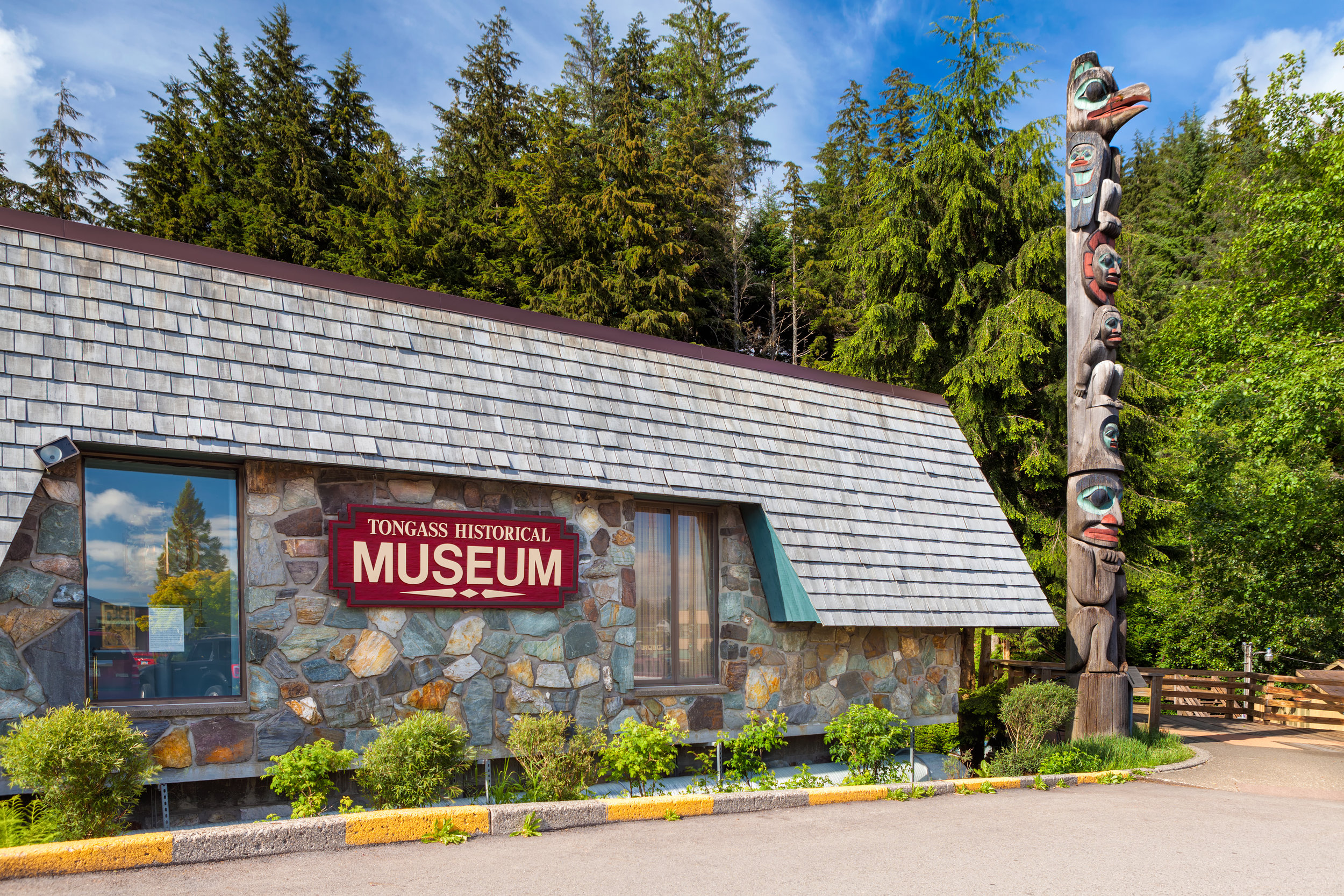creek street
A top attraction in Ketchikan, Creek Street is a wooden boardwalk of brightly painted buildings resting on pilings perched over Ketchikan Creek. Though it’s best known for its history as a Red Light District, Ketchikan Creek has a rich and fascinating history. Scroll through this page to learn more about what makes this area so remarkable.
beginnings
Ketchikan Creek was formed around 15,000 years ago when glaciers eroded from the area. With a mix of fresh and saltwater at the basin—the waters of the Creek became an ideal location for spawning salmon. And so it began for millennia: the continuous cycle of a rich and abundant food source.
salmon
Salmon are at the heart of the various fauna surrounding Ketchikan Creek. Migrating from the ocean starting in late June through September, salmon truly are what makes the Creek so special, attracting animals—humans included—for thousands of years.
One of the more exciting sights is watching the happy seals come into the Creek to indulge in this late summer feast. Equally dramatic, the seagulls will noisily fill their bellies on the carcasses during low tide. It's a remarkable experience that varies with each tide, all created by the incredible and continuous life cycle of the salmon.
first inhabitants
The first occupants in the area were the Taant’a Kwáan and Sanyaa Kwaán Tlingít people (pronouced KLING-kit) who settled on the island for untold centuries, capitalizing on the area's rich food source each summer.
The name “Ketchikan,” or “Kichxáan” in Tlingit, is derived from these first residents. While there are many opinions on its exact meaning, the most widely accepted translation of Ketchikan is "thundering wings of an eagle.”
first stop
European settlers were attracted to the Creek as they could easily trade with the Tlingíts. They began immigrating to the area in the late 1800s. During this time, Ketchikan began to grow as a result of its location as the first, U.S. port on the route to northern Alaska. The Creek served to provide a food source and trading post for the people of the area. In 1890 Ketchikan had a population of 40, 26 of whom were Native Alaskans.
Red light district
By the 1900s, Ketchikan had earned a reputation for housing certain “indecent” businesses sprouting from the mostly single, working-male trades. To contain these “less-than-reputable” enterprises, the City Council designated they remain east of Ketchikan Creek in "Indian Town.” This began Creek Street’s notorious distinction as a “Red Light District.” These businesses complemented the prohibition era well, and the area thrived with its infamous happenings.
the women
Ran mostly by independent, business-savvy women, Creek Street brothels provided female entrepreneurs an opportunity to purchase land and run businesses in a time when there were few opportunities for women to do so.
today
Today Creek Street is a vibrant destination attracting a sizable portion of Ketchikan's cruise passengers. Perched over the Creek on pilings, the colorful buildings of Creek Street are one of the most photographed sites in the community. The Creek Street Historic District is listed on the National Register of Historic Places and is one of Ketchikan's finest gems.
If you're eager to delve deeper into the history of Ketchikan's rich community, we highly recommend visiting the Tongass Historical Museum’s virtual exhibit titled, “Ketchikan is…” This exhibit presents an in-depth exploration of Ketchikan’s unique past. And don't forget to drop by the museum in person once you've arrived in Ketchikan! You won't regret it - the exhibits are truly fantastic.







